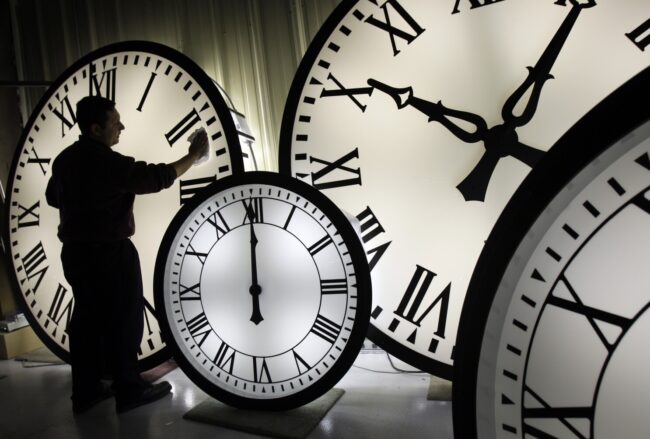Daylight Saving Time springs forward, but some states want to fall back
Tanner Pipins
Contributing Writer

Daylight saving time started on March 10, but if many states were to get their way, it would be for the last time.
In the United States, every state except Arizona and Hawaii observes daylight saving time. However, according to the National Conference of State Legislatures (NCSL), state lawmakers have considered at least 650 bills and resolutions in recent years to establish year-round daylight saving time, in an effort to put the biannual changing of the clocks to an end.
But as many states have realized, the problem lies within the solution. State lawmakers are grappling over the debate on whether their state should adopt permanent daylight saving time or permanent standard time. Permanent standard time provides more sunlight in the morning, whereas permanent daylight saving has more sunlight in the evening. Nearly a dozen states have introduced bills to observe year-round permanent standard time.
Conversely, lawmakers in 19 states, including Oklahoma, have presented bills or passed resolutions to provide for year-round daylight saving time in the last five years. In order for this to happen, Congress would have to act before states are able to adopt full-time DST.
Under the Uniform Time Act of 1966, states are prohibited from “independently changing time zones or the length of daylight saving time.” However, they do have the ability to “exempt themselves from daylight saving time,” but it does not allow the permanent observance of DST.
In some cases, legislation would also require one or more neighboring states to adopt full-time DST before the original state could. The U.S. Department of Transportation is responsible for the oversight of DST and the only chance of change occurring would be if the state or local government would be able to provide detailed information on why such change would “benefit the convenience of commerce.”
In 1918, the United States adopted the practice after observing the Germans successfully conserving energy as a war effort during World War I. By spending an extra hour outside, it was thought that less electricity would be used and ultimately more money could be saved. Many changes have been made along the way, mostly shifting the start and end dates of the practice. Today, many Americans do not see the benefit of having the twice-yearly clock switching. So will daylight saving time end soon? In 2022, the Senate unanimously passed a bill known as the Sunshine Protection Act that would make daylight savings time permanent, but time ran out to vote on the proposal in the House and it did not become law. A newer version of the bill was reintroduced in March 2023. It currently remains in committee in the House and Senate. Until that is addressed, most Americans can anticipate
getting that hour of sleep back when this year’s daylight saving time ends on Nov. 3, 2024.

